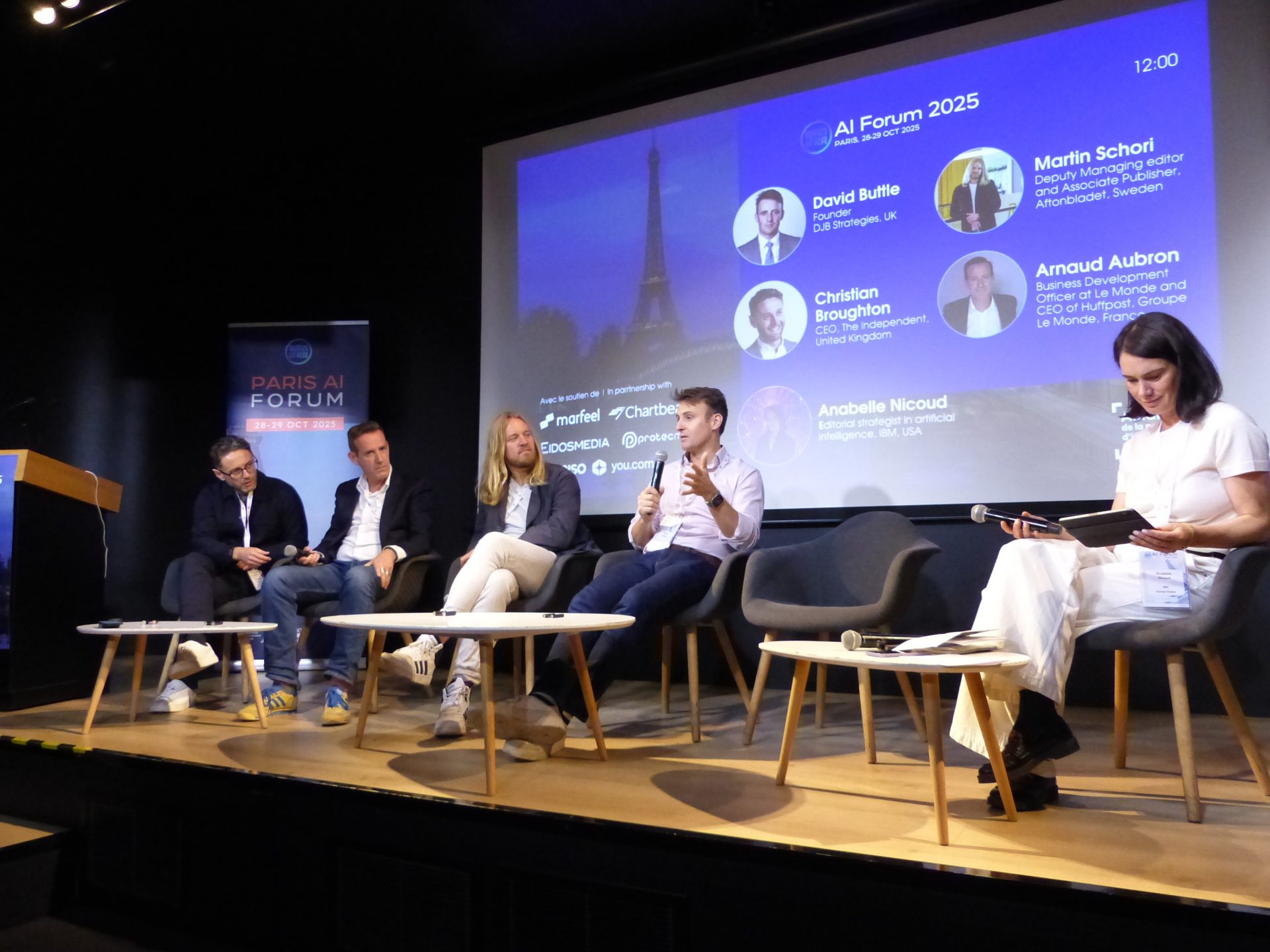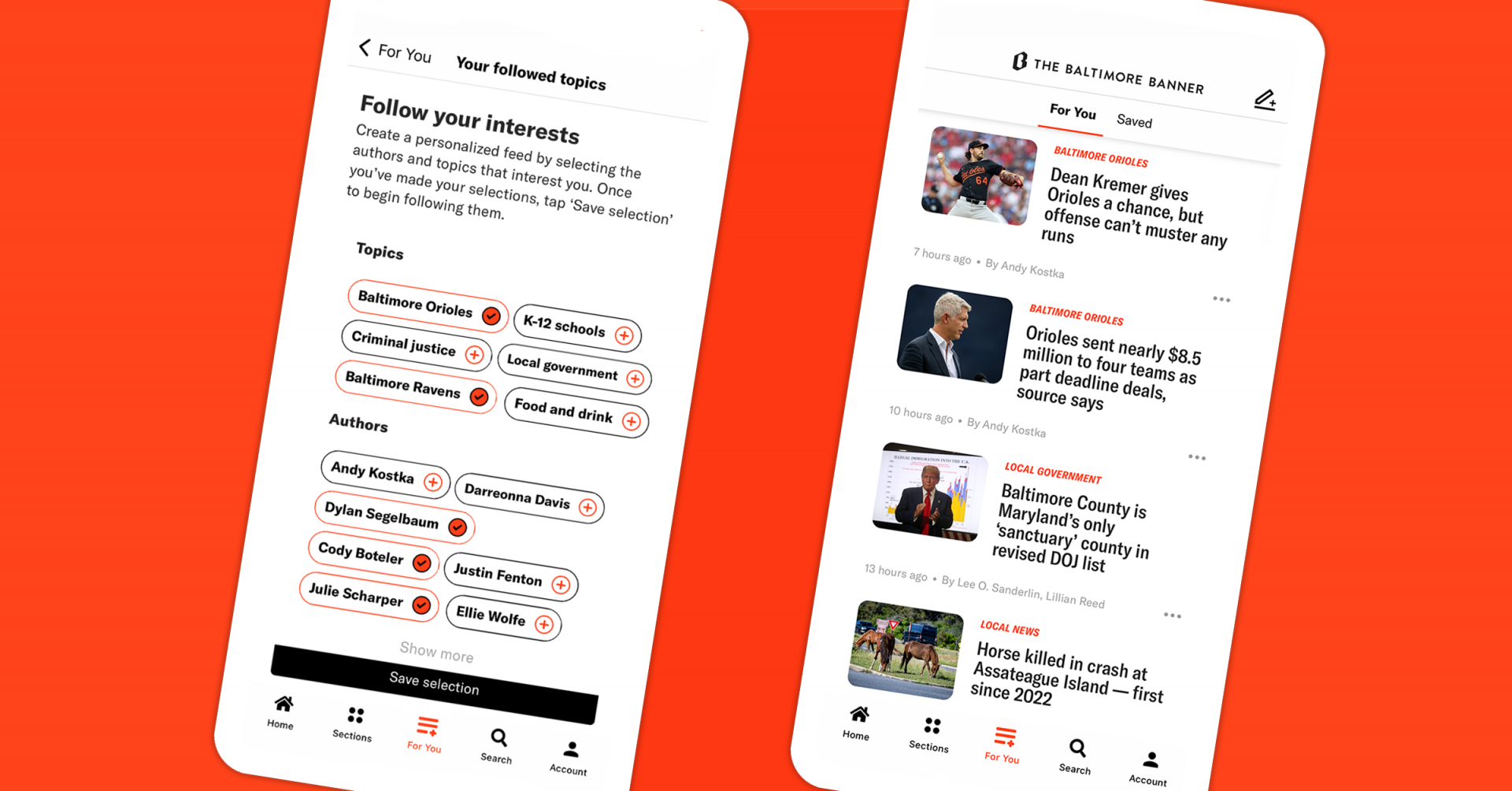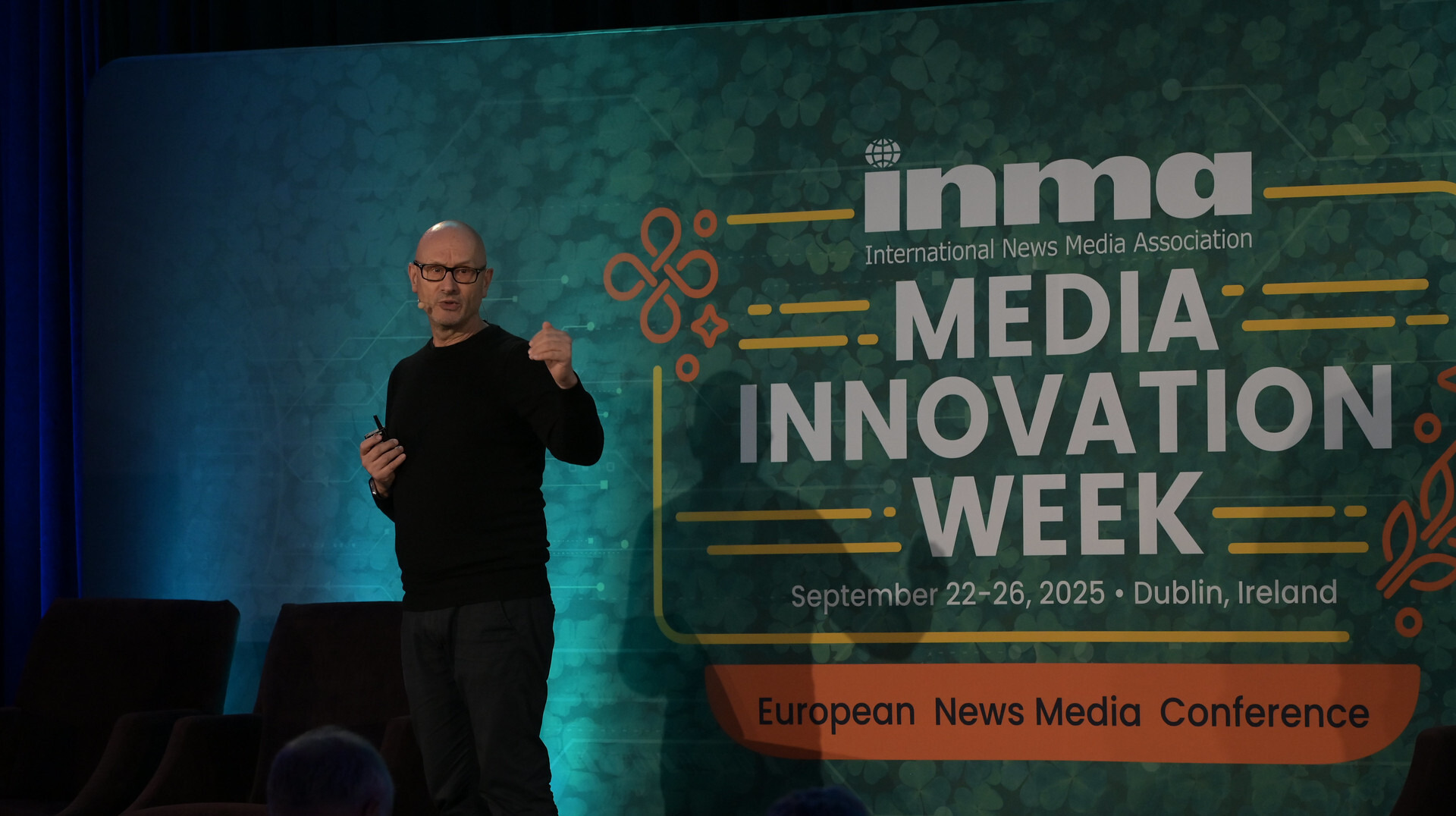
Newsletter
Newsletter
In the age of AI, publishers need to create tailored experiences to build deeper audience relationships.
1st October 2025

Last week, Pugpig attended INMA’s Media Innovation Week in Dublin, where AI was a central theme, mentioned in nearly half of the sessions. Robert Whitehead, INMA’s Digital Platform Initiative Lead, highlighted in his keynote the growing importance of AI, emphasising that media companies now face a baseline expectation to integrate AI across at least 12 areas, including chatbots, dynamic paywalls, personalisation, multimodal content transformation, and print automation.
In today’s Pugpig Media Bulletin, Harry Phillips, Pugpig’s Head of Product, explores one key focus area, personalisation. He will examine what publishers are seeking, current trends and technologies driving personalisation, associated challenges and considerations, as well as opportunities and strategic recommendations.
By Harry Philips
Personalisation has yet again emerged as the top innovation priority for publishers, with this marking the third consecutive year it ranks #1 according to Pugpig’s 2025 Media App Report. This isn’t just a trend, it’s a strategic response to fundamental shifts in how audiences discover and consume content. With social referral traffic continuing to decline and Google AI Overviews pushing publisher content further and further down search results, publishers need direct relationships with their audiences more than ever.
The evidence is strong and has been around for a while. Back in 2018 a study from Epsilon found that 90% of customers find personalisation an appealing addition to the user experience and 80% are more likely to purchase from brands offering personalised experiences. For publishers, this has continued to deliver tangible business outcomes. Last summer we looked at Business Insider who grew revenue by 30% in 2020 through data-driven personalisation. They saw a 60% increase in clickthrough rates on their website and 150% in newsletter ad CTRs.
Publishers are increasingly focused on what industry experts call “the Push Era“, where content is delivered directly through newsletters, podcasts and apps. This marks a shift from relying on passive traffic from social and search platforms.
A focus on first and zero party data collection is a crucial element of this approach. This should involve the mobile app which allows a publisher to build deeper direct relationships with their audience, which in turn will make it easier to gather insights about user preferences and behaviour. This takes both the form of zero-party data such as declared preferences and first-party engagement signals modelled on content consumption. This information empowers publishers to deliver content that resonates with their audience, improving retention rates and decreasing the prospect of churn.
Personalisation opens multiple revenue streams for publishers. Beyond targeted advertising, media brands are using personalised experiences to drive subscription conversions by identifying highly-engaged users and targeting them with offers at optimal moments.
Artificial intelligence is increasingly being adopted across the publishing industry. The 2024 Reuters Digital News Report showed 72% of leading publishers employing AI tools in content creation and distribution, up from just 28% in early 2024. Publishers are using AI for many use cases, including:
Research shows that the most effective approach combines both human curation and algorithmic recommendations. A study of a major German news outlet found that algorithmic recommendations outperformed human editors on average, but human editors excelled during high-attention news days and when working with limited user data.
This hybrid approach addresses key concerns about pure algorithmic personalisation. While algorithms excel at scale using detailed but narrow information, human experts base recommendations on broad knowledge accumulated over professional careers. Many publishers express concern that pure algorithmic personalisation can feel impersonal, but find success combining algorithmic recommendations with editorial curation.
At Pugpig we recently launched our Follow feature, first with The Baltimore Banner and Stylist, with many more to come. This user-driven curation tool allows readers to follow topics, authors, and sections they care about, creating personalised news feeds alongside editorially-curated content. Key features include:
This feature represents a broader trend toward giving users control over their personalisation experience while maintaining editorial oversight.
Successful personalisation requires a strong technical foundation. Publishers need to ensure they’re consistently and accurately capturing the data needed to understand a user and both produce and serve content tailored to them. This includes first-party data as well as integrating personalisation engines alongside or as part of existing editorial tools.
Key technical considerations include:
The future of personalisation extends beyond text-based content. Publishers are experimenting with audio and video personalisation through tailored podcast or video recommendations, audio article summaries or dynamically-generated audio summaries or playlists. They’re also developing interactive features like personalised puzzles, gamification, and community experiences.
Publishers should focus on creating dynamic audience segments based on multiple data points. These are helpful not just in serving content to a user in app or on site, but in tailoring editorial efforts and distributing it through other easily-segmentable channels such as push or newsletters. This will probably take one of three forms:
Based on current trends and successful implementations, I would suggest that you consider the following approach:
The personalisation landscape is rapidly evolving, driven by changing audience expectations, technological capabilities and business pressures. Publishers who successfully balance user control, editorial expertise, and technical innovation will be best positioned to build lasting relationships with their audiences in an increasingly competitive digital landscape.
Here are some of the most important headlines about the business of news and publishing as well as strategies and tactics in product management, analytics and audience engagement.

Newsletter

Newsletter

Newsletter

Newsletter